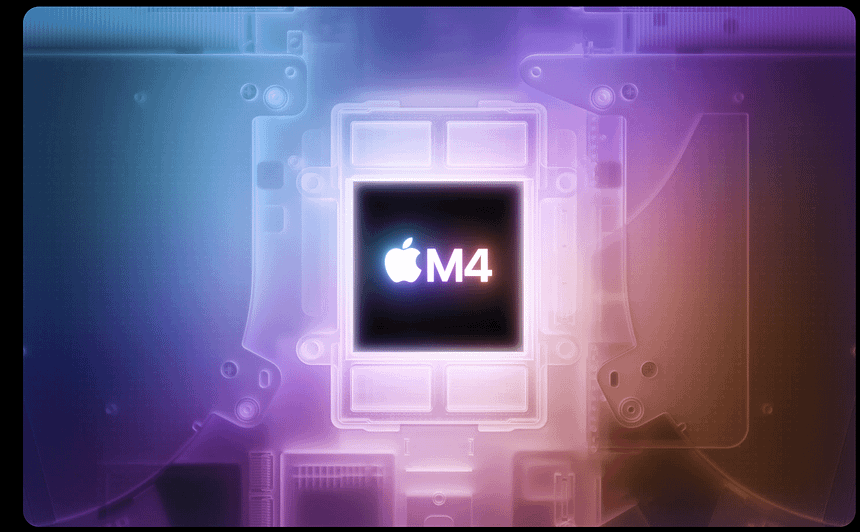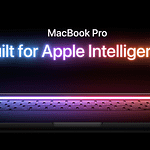Apple’s continuous innovation in chip technology has led to the development of the impressive M4 chip, succeeding the already powerful M3. This comparison highlights the significant improvements and features that differentiate these two chips, helping users understand the potential benefits of upgrading.
Performance Metrics: Breaking Down the Numbers
Performance Benchmarks
| Performance Metric | M4 Chip | M3 Chip | Improvement |
|---|---|---|---|
| Geekbench Single-Core | 3,864 | 3,088 | +25.1% |
| Geekbench Multi-Core | 15,288 | 11,711 | +30.5% |
| Metal GPU Score | 57,603 | 47,466 | +21.4% |
Benchmark Comparison
The M4 chip showcases a remarkable leap in performance metrics compared to the M3:
- Single-Core Performance: The M4 achieves a score of 3,864, marking a 25.1% improvement over the M3’s 3,088.
- Multi-Core Performance: With a score of 15,288, the M4 surpasses the M3’s 11,711 by 30.5%.
- Metal GPU Performance: The M4 scores 57,603, reflecting a 21.4% increase over the M3’s 47,466.
These enhancements underscore the M4’s superiority in handling complex computational tasks efficiently.
Key Technical Specifications: Architecture and Improvements
Apple M4 vs M3 Chip: Comprehensive Technical Comparison
| Technical Specification | M4 Chip | M3 Chip |
|---|---|---|
| Manufacturing Process | 3nm (N3E) | 3nm |
| Transistor Count | 28 billion | 25 billion |
| CPU Configuration | 10-core (4 performance + 6 efficiency) | 8-core (4 performance + 4 efficiency) |
| GPU Cores | 10-core | 10-core |
| Neural Engine | 16-core, 38 trillion ops/sec | 16-core, 18 trillion ops/sec |
| Max Clock Speed | 4.3 GHz | 4.05 GHz |
| Memory Bandwidth | 120 GB/s | 100 GB/s |
| Memory Type | LPDDR5X | LPDDR5 |
Chip Architecture
The M4 chip represents a substantial upgrade in architecture:
- Transistor Count: The M4 boasts 28 billion transistors, a 12% increase from the M3’s 25 billion.
- CPU Configuration: The transition from an 8-core (4 performance + 4 efficiency) in the M3 to a 10-core (4 performance + 6 efficiency) setup in the M4 enhances multitasking capabilities.
Performance Highlights
The M4’s technological advancements are evident in several areas:
- Neural Engine: Capable of performing 38 trillion operations per second, this is a staggering 111% improvement over the M3’s 18 trillion.
- Memory Specifications: The shift from LPDDR5 with 100 GB/s bandwidth in the M3 to LPDDR5X with 120 GB/s bandwidth in the M4 results in a 20% enhancement.
Technological Improvements: Manufacturing and AI Capabilities
Manufacturing Process
The M4 chip benefits from cutting-edge manufacturing techniques:
- Fabricated using enhanced 3nm technology (N3E), which allows for more transistors and better energy efficiency.
- Clock Speed: Increased to 4.3 GHz from the M3’s 4.05 GHz, contributing to faster processing.
AI and Machine Learning
Improvements in AI capabilities are significant with the M4:
- The Neural Engine is now 2x faster in executing AI tasks, enabling more advanced machine learning applications.
Practical Implications: Who Should Upgrade?
Best Suited For
The enhancements in the M4 make it ideal for:
- Professionals requiring high-performance computing.
- Creative professionals working with demanding software.
- Those involved in AI and machine learning applications.
Upgrade Recommendation
For users contemplating an upgrade:
- A significant improvement for those with M1 or M2 chips.
- Marginal gains for current M3 users unless specific performance needs justify it.
Key Differentiators
The M4 chip stands out with:
- Improved energy efficiency, reducing power consumption.
- Enhanced capabilities in AI processing.
- Faster memory bandwidth for smoother multitasking.
- An increased number of CPU cores for better overall performance.
Conclusion: A Leap Forward in Chip Technology
The Apple M4 chip marks a major step forward, delivering enhanced performance and efficiency that can benefit a wide range of users. Whether you’re a creative professional or someone who relies on powerful computing, the M4 provides a compelling reason to consider upgrading.








